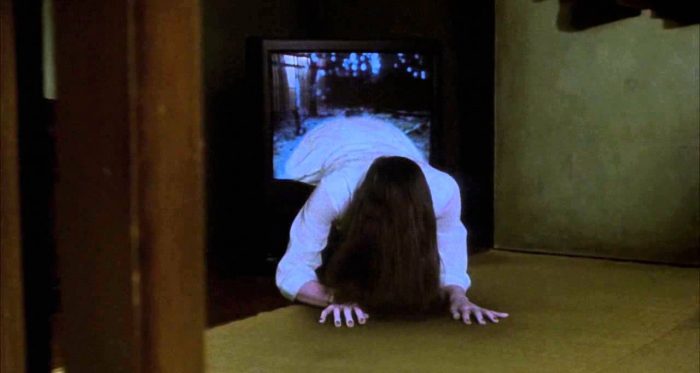Tokyo: late 1990s: a rumour spreads among teenagers that whoever watches a mysterious video cassette will die in one week. After the inexplicable death of her niece, reporter Reiko Asakawa launches an investigation, but finds herself under the power of the curse. During the last seven days of her life, she must track down the origin of the fatal cassette and take on Sadako, the ghost who haunts television sets.
Ring became a societal phenomenon in Japan, launching a saga with sequels and American remakes. Its technological horror was in tune with the decade and explains, partly at least, its runaway success. And the film’s VHS displayed on a TV screen was an anguishing experience for the protagonists and the film audience alike. Nakata’s brand of horror is all the more intense because it suggests instead of shows, similar to how Jacques Tourner depicted horror in his films produced under Val Lewton.
Nakata used this technique to create an image for the film that has been so widely reproduced that it’s firmly anchored in today’s global pop culture – a spectral young girl, immobile, her face half-hidden by her long black hair. Anguishing enough to petrify anyone with fear.




